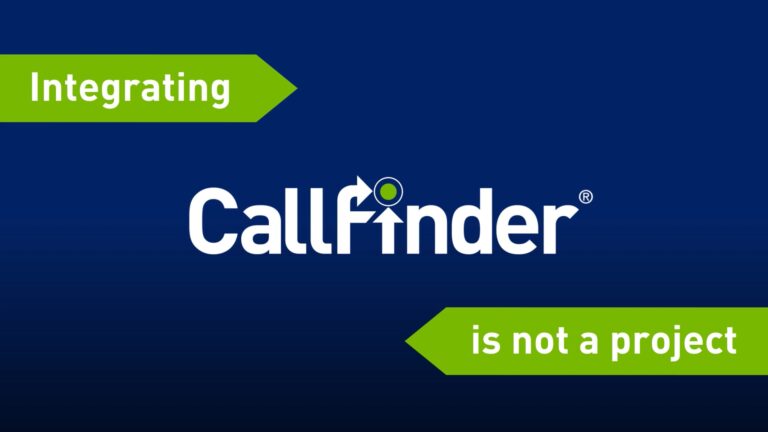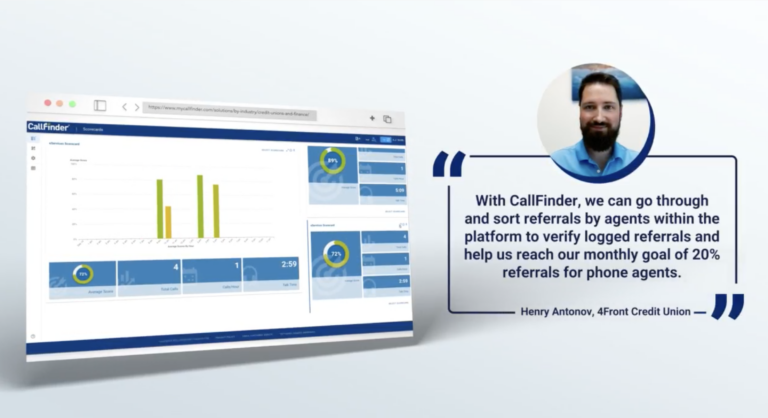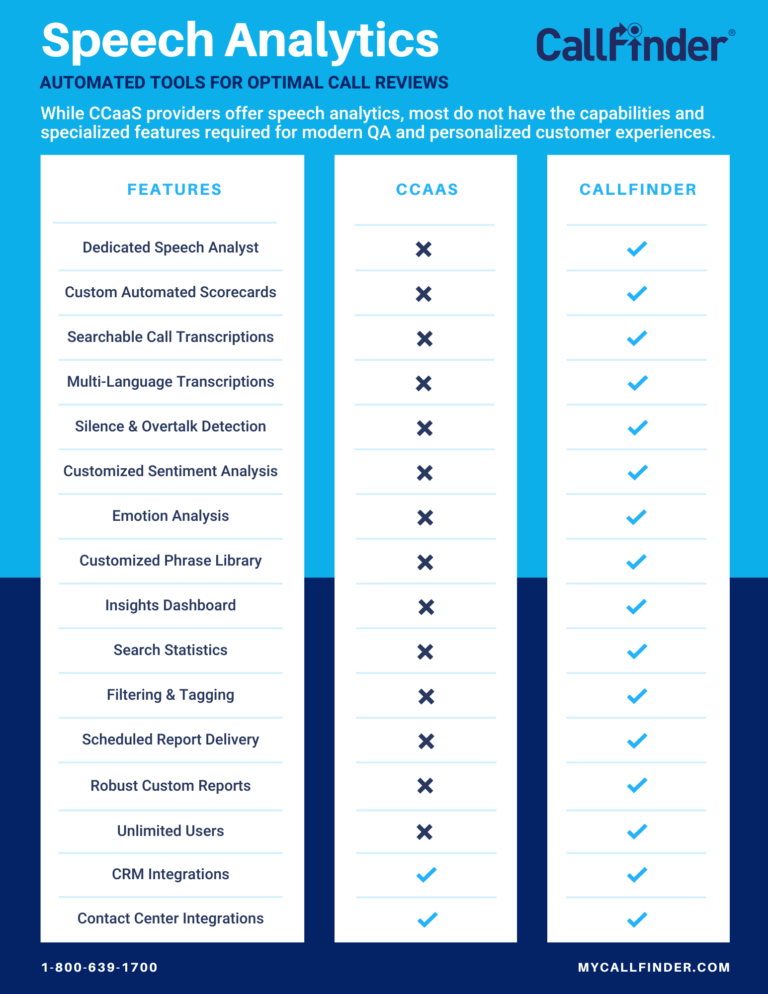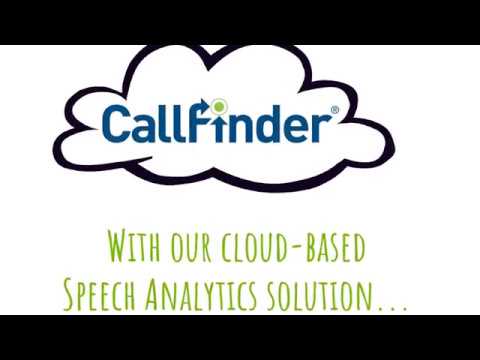
Call Monitoring Benefits
Call monitoring is a staple of quality assurance in today’s contact center. QA Managers typically monitor calls to evaluate agent performance and improve training techniques. A high percentage of agents continue to work from home to slow the spread of COVID-19, which only emphasizes the importance of finding a consistent, systematic way to monitor agent-customer interactions. Call monitoring also lets you assess and elevate the customer experience, manage risk compliance, and improve overall business practices.
With many agents working remotely, plus the vast number of calls businesses receive each day, it is highly impractical to manually listen to every single customer-agent conversation. Automated call monitoring is a much more tenable, and cost-effective approach to gaining performance insights in the contact center. If you haven’t implemented an automated quality monitoring solution, your contact center is missing out on 98% of the data that’s already right there, in every single customer interaction.
Using an automated solution is just one of the 9 call monitoring strategies that your contact center isn’t using, but definitely should.
1. Quickly Unlock Data Using Speech Analytics Technology
An automated solution with speech analytics technology gives structure to the vast amounts of data contained within call content, offering many cost-effective benefits.
First, structuring the call data provides a method to index and easily search each conversation for certain keywords and phrases. These search results are organized and aggregated into categories, which can then roll up into reports, such as a sales effectiveness scorecard, or a competitor mentions report.
Now, imagine doing all of that manually. An automated quality monitoring solution saves time by creating automated reports and scorecards that can have a multitude of purposes. An automated QM solution will also save thousands of dollars on hiring and training new employees to complete tasks that can be automated, while using insights to implement company-wide improvements and streamline the workflow within the contact center.
2. Use Call Transcriptions to Set On-Trend Daily Goals
Speech-to-text is another key component of a good speech analytics solution. Call transcriptions give QA Managers the ability to search individual calls, or across a select date range of interactions. This provides a quick way to pinpoint customer interactions containing specific keywords and phrases. Managers can also perform ad hoc searches to discover trending topics and conversational insights, such as competitor mentions, comments about specific products, and more.
One call monitoring strategy that is often overlooked is setting daily goals. Call transcriptions are an easy, reliable way to provide insights into daily conversational topics and trends – this quick analysis at the end of the day can be used to set goals for the next day.
3. Focus on the Right KPIs Using Call Categorization
We’ve discussed how tracking contact center metrics can determine whether a business is meeting its KPIs (Key Performance Indicators). Another inherent feature of an automated quality monitoring solution is call categorization. Management can leverage this tool to help improve the KPIs that matter most to their business or organization.
Categorizing 100% of inbound and outbound calls makes every call available for review and analysis, within one or multiple searches that the manager has defined. That’s why it’s important to look for a solution with Managed Client Services. A managed solution offers much more than customer service, mostly because it helps with implementation and fine-tuning the solution post-deployment.
4. Leverage Automated Scorecards for Unbiased Agent Evaluations
Call scorecards measure agent performance and offer a highly accurate, data-driven overview of the call results. Solutions that offer both agent and agent team scorecards provide an extra advantage because they provide an unbiased evaluation between individual agents and across teams. That’s why they are perfect evaluations for determining rewards, bonuses, deciding the winner in a sales competition, and simply to improve overall agent performance.
5. Deploy Call Transcripts in Agent Training & Creating Scripts
In addition to identifying problems, inefficiencies, and other areas for improvement, call transcriptions can help guarantee success. Use the transcripts of calls with positive outcomes as examples during agent training sessions. This gives agents a tangible goal to work toward. Excerpts from speech to text conversations can also be copied over into agent scripts. There’s no better way to train agents for real-life situations than using real-life examples.
6. Dig Into Customer Trends with Emotion Analysis
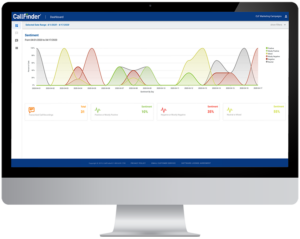
Emotion and sentiment analysis takes call transcriptions one step further. Emotion detection analyzes acoustic features to reflect emotions that range from strongly positive to strongly negative. Any subtle change in intonation, volume, or tone of speech can lead to an emotion classification. The tone of the conversation is represented visually in a sentiment analysis report, providing a way to review calls for trends. If there is a sudden increase in phone calls around a specific product or service, this will give the business detailed information on what is happening.
This can help resolve a problem with a prompt solution, or it can provide insights into the voice of the customer to show the business what customers want. It also provides a quick visual into the outcome of the call so that the manager can decide which calls to investigate further.
7. Help Agents Sharpen Their Skills with Automated Call Monitoring Tools
Agent training should never stop once the new hire has been through the onboarding process. Scorecards, transcriptions, and custom reports are ideal for implementing weekly, monthly, and quarterly performance evaluations. It’s really up to the manager to decide how often to update training, and often, the call content itself will actually determine training schedules. Agents who clearly struggle more than others may need weekly reviews, for instance.
Sharing information and best practices from customer interactions is only one way to improve training. Management should encourage employees to listen to their calls; this can help them identify speech patterns and communication habits they may need to correct.
8. Manage Compliance Risk & Policy Changes with Call Categories
As mentioned above, real-time call categorization is the fundamental component of any automated quality monitoring solution. Call categorization automatically tags call recordings that contain certain keywords and phrases determined by the user. To manage compliance risk, managers can create a “risk management” category. This works by simply searching interactions for mandatory phrases not spoken during a recorded conversation, but that are part of a script the agent must adhere to.
Using this process, management can determine how closely agents are following company policy. If there are individuals who are not compliant, then the business is at risk for major losses from lawsuits or regulatory fees. Call monitoring and categorization cis also used to help create new policies to address situations as they arise.
9. Empower Agents & Reduce Churn with Customer Feedback
Agent churn can be extremely costly for contact centers and BPOs, so this is a huge money-saving tip. Empowering agents with the tools to improve their performance is a proven way to reduce agent attrition. And by giving agents firsthand feedback from customers, management can empower agents to adjust their approach and improve call outcomes.
Another way to engage and empower agents is to ask how they would expand on existing training or implement feedback. There are dozens of ways to engage your contact center agents. With automated quality monitoring, you can easily train agents, reduce costly agent churn, and improve overall performance in the contact center.
Call monitoring isn’t just a tool for improving contact center performance. Engaged agents are more satisfied and perform better in their jobs. In turn, you get more satisfied customers, reduced compliance risk, and management can focus on growing the business.
Automated call quality monitoring remains the No.1 way to consistently, accurately, and affordably improve contact center performance and overall business practices.
To learn more about CallFinder, and our automated quality monitoring and speech analytics solutions, schedule a demo with us.
